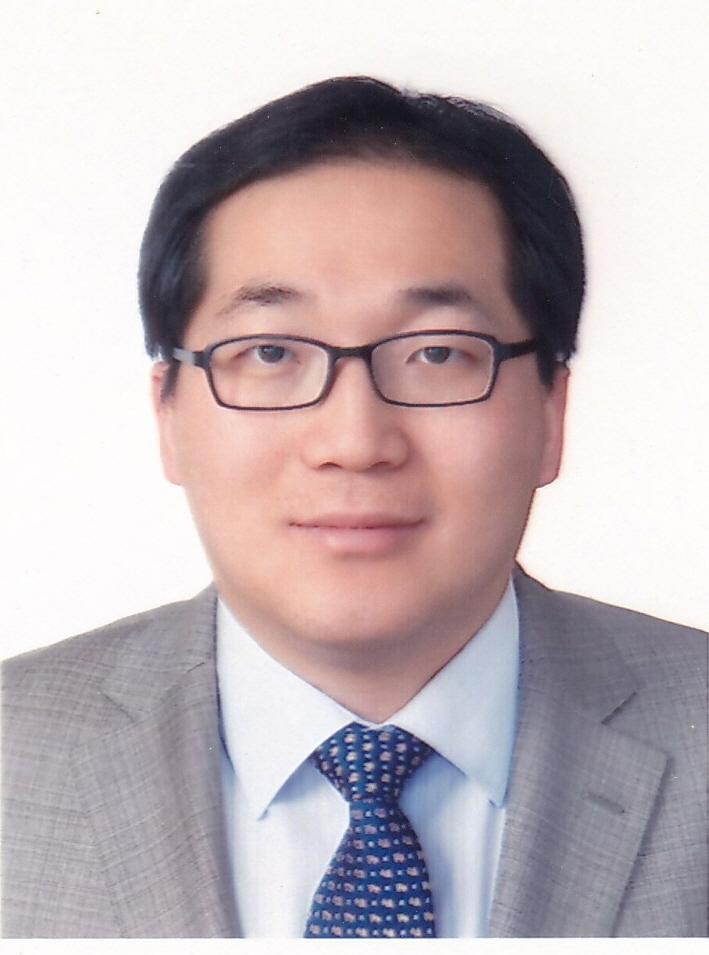Scientists create a 3D digital ‘twin’ of an all-solid-state battery to visualize its interfacial microstructures in detail

Credit: Yong Min Lee, DGIST
We live in a battery-powered world, and as electronics steadily invade its every corner, the need to find robust batteries grows increasingly important. Today, most devices run on lithium-ion batteries; and while these are generally safe, sometimes they have been known to catch fire or explode.
An alternative that is quickly growing in prominence within the research community is the all-solid-state lithium battery (ASSLB). Unlike lithium-ion batteries where the electrode is solid and the electrolyte is liquid, in ASSLBs, both electrode and electrolyte are solid, and they are extremely safe. However, this very property poses a problem: During operation, the volumes of the electrolyte and electrodes change, particularly in high-energy storage batteries. This can cause their surfaces to detach, resulting in poor performance.
If high performance ASSLBs are to be developed, the complex structures at the interfaces will need to be scrutinized in detail; or so Prof. Yong Min Lee from Daegu Gyeongbuk Institute of Science and Technology (DGIST) believes: “While most researchers have focused on developing new materials or improving the properties of existing all-solid-state-lithium batteries, we opted for a different route and decided to find solutions to minimizing the defects in the designs of electrodes and cells. This led us to wonder, ‘Is there a way to quantitatively analyze the defects in these batteries?'”
Prof. Lee and team found the answer to their question when they came up with a clever technique: a 3D digital twinning platform in which the microstructures of the solid-solid interfaces can be rendered as detailed 3D replicas of the real thing. The details of their study are published in Elsevier’s Nano Energy.
Using the platform, Prof. Lee and team explored the electrode-electrolyte interfaces of an oxide-based ASSLB, arguably the most promising kind of ASSLB. They captured 2D image slices of a select target area, sequenced the images to digitally reconstruct a 3D structure, and then carried out structural analyses. As expected, they found that the ASSLB’s specific contact area was much less than that of lithium-ion batteries. This validated the efficacy of their method.
Excited about these results, Prof. Lee explains the immense potential of this technique: “Given the broad applicability of this technique, we’re sure that its benefits can extend to all electrode-containing devices. But for now, we’re are confident that our technique will help researchers save time and money while easily checking for defects during battery fabrication processes, helping with optimizing design, and ultimately speeding up the commercialization of all-solid-state batteries.”
Perhaps, in the not too distant future, ASSLBs could be what powers our world!
###
Reference
Authors: Joonam Park1,†, Kyung Taek Bae2,†, Dohwan Kim1, Wooyoung Jeong1, Jieun Nam3, Myeong Ju Lee4, Dong Ok Shin4, Young-Gi Lee4, Hongkyung Lee1, Kang Taek Lee2,*, and Yong Min Lee1,*
Title of original paper: Unraveling the limitations of solid oxide electrolytes for all-solid-state electrodes through 3D digital twin structural analysis
Journal: Nano Energy
DOI: 10.1016/j.nanoen.2020.105456
Affiliations: 1Department of Energy Science and Engineering, Daegu Gyeongbuk Institute of Science and Technology (DGIST)
2Department of Mechanical Engineering, Korea Advanced Institute of Science and Technology (KAIST)
3Trinity Engineering
4Reality Devices Research Division, Electronics and Telecommunications Research Institute (ETRI)
† First author
*Corresponding author’s email: [email protected] , [email protected]
About Daegu Gyeongbuk Institute of Science and Technology (DGIST)
Daegu Gyeongbuk Institute of Science and Technology (DGIST) is a well-known and respected research institute located in Daegu, Republic of Korea. Established in 2004 by the Korean Government, the main aim of DGIST is to promote national science and technology, as well as to boost the local economy.
With a vision of “Changing the world through convergence”, DGIST has undertaken a wide range of research in various fields of science and technology. DGIST has embraced a multidisciplinary approach to research and undertaken intensive studies in some of today’s most vital fields. DGIST also has state-of-the-art-infrastructure to enable cutting-edge research in materials science, robotics, cognitive sciences, and communication engineering.
Website: https:/
About the author
Dr. Yong Min Lee has been an Associate Professor at the Department of Energy Science and Engineering at DGIST, Korea, since 2017. He earned his Ph.D. at the Department of Chemical and Biomolecular Engineering, Korea Advanced Institute of Science and Technology, in 2007 with a thesis on the characteristics of advanced electrolytes and electrode-electrolyte interfaces. From 2007 to 2009, he was a researcher at SK Energy Co. Ltd., Korea, involved in the development of large-scale lithium secondary batteries for electric vehicles and energy storage systems. In 2009, he joined the Chemical and Biological Engineering faculty of the Hanbat National University. Today, his research interests include functional materials for batteries, battery design and advanced analysis, and 3D modeling and simulations.
Media Contact
Kwanghoon Choi
[email protected]
Original Source
https:/
Related Journal Article
http://dx.




